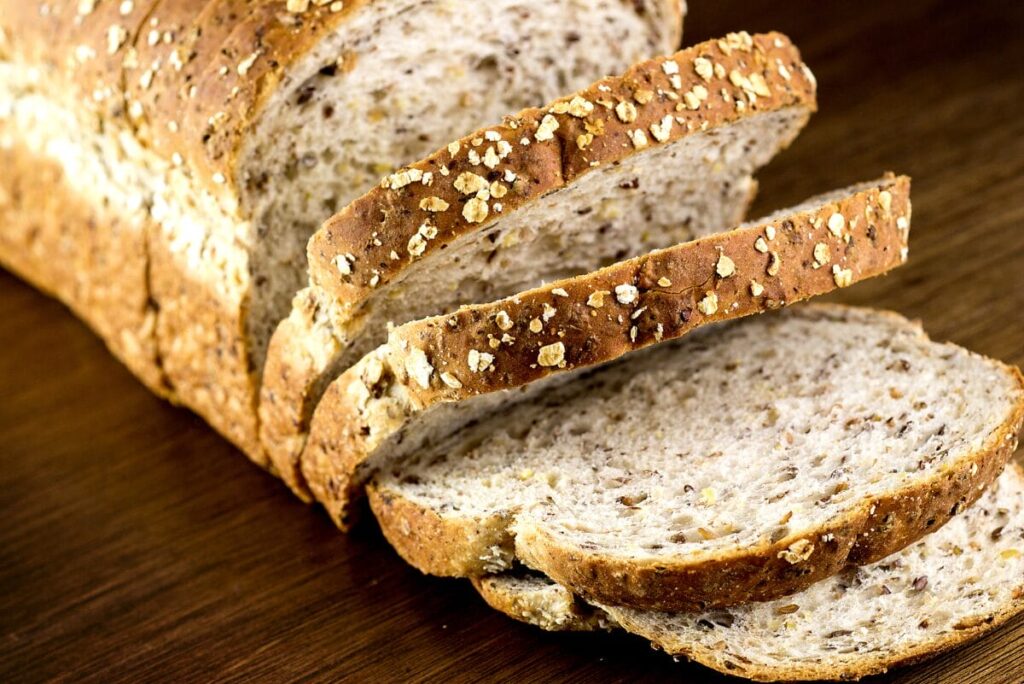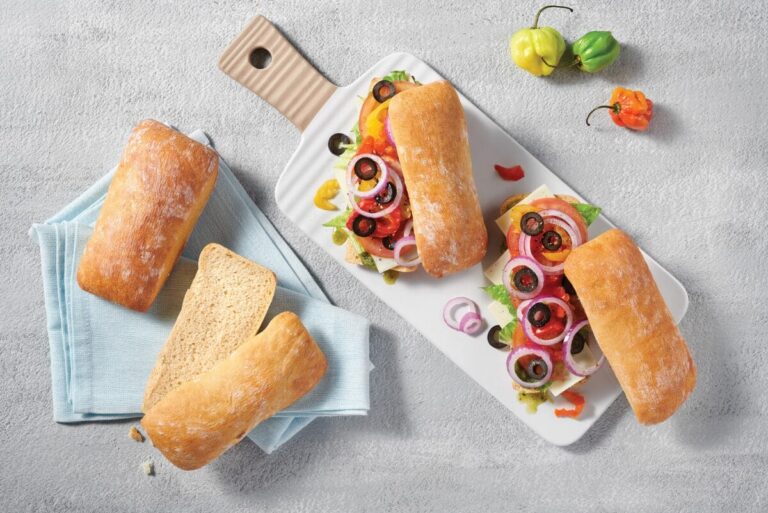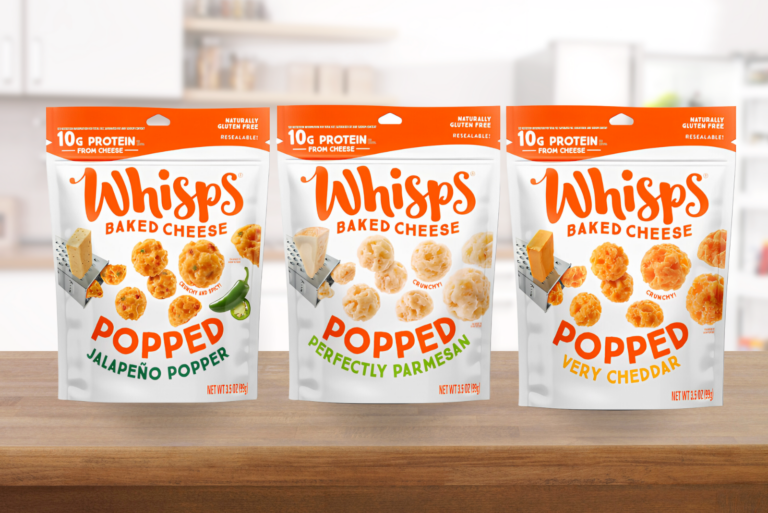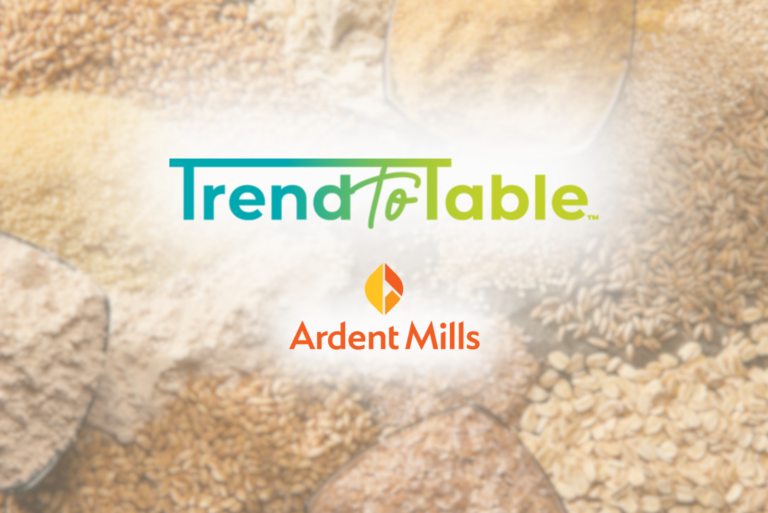KANSAS CITY, MO — An expanded definition of health and wellness is having a trickle-down effect that’s leaving an impression in every corner of the baking category. From high protein and added fiber claims in the bread aisle to allergen-free snack bars and plant-based cookies, it’s clear that the notion of better-for-you is changing the way consumers think about sandwich bread, birthday cake and every baked good in between.
With so much information within reach, it’s no surprise consumers are crafting an approach to wellness that’s as personalized and tailored to their individual needs as ever.
“Consumers have never been more knowledgeable,” said Matt Schueller, director of marketing insights and analytics at Ardent Mills. “They are better able than in the past to make that link between the benefits they’re seeking and the ingredients that will add up to support and facilitate them. Because of this increased access to information, they understand the link between ingredients and benefits, and they will go searching for what they need.”
Schueller said rather than following one particular diet or another, consumers are trying a number of different things, often at the same time.










